Exploring the universe 

-
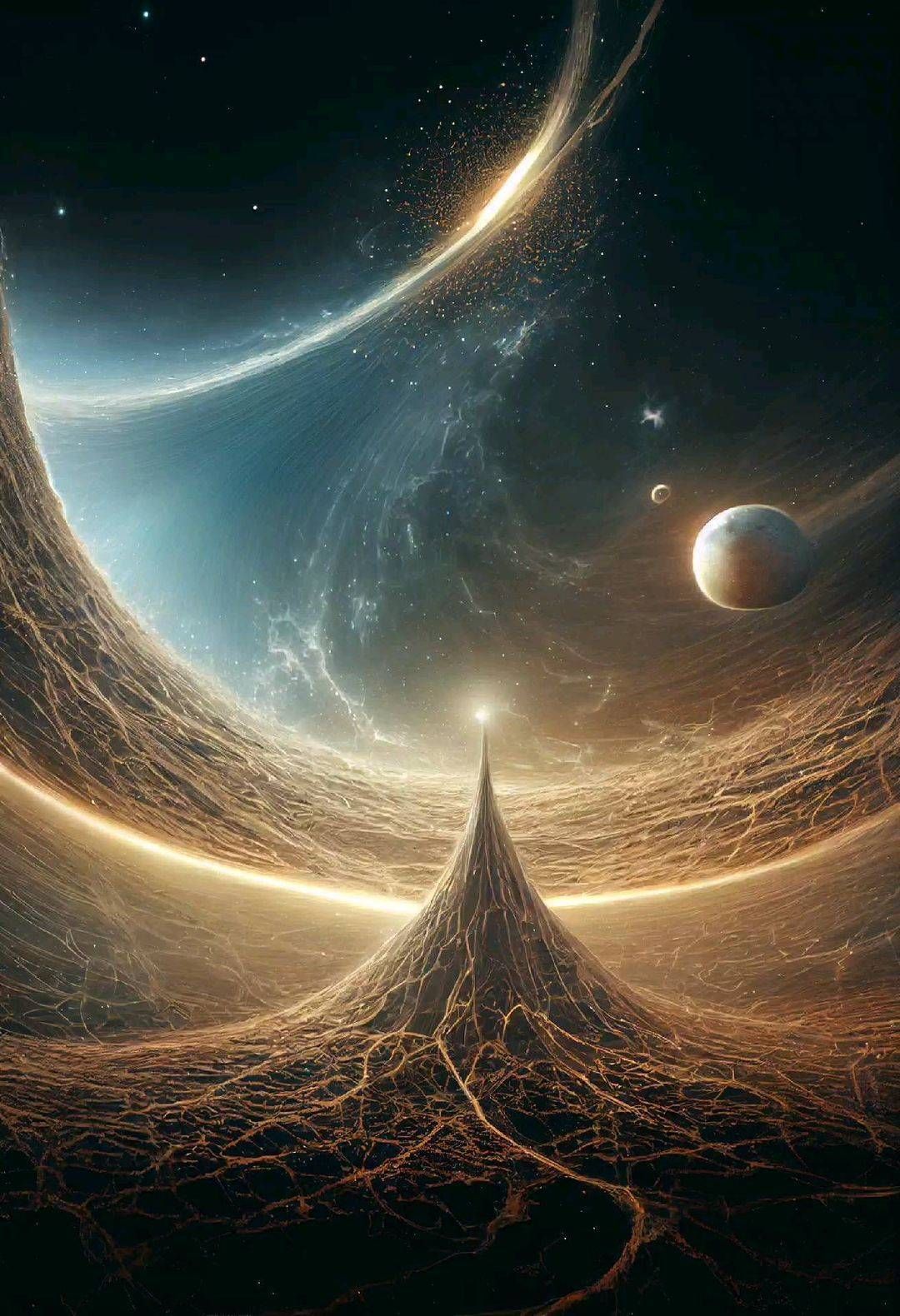
-
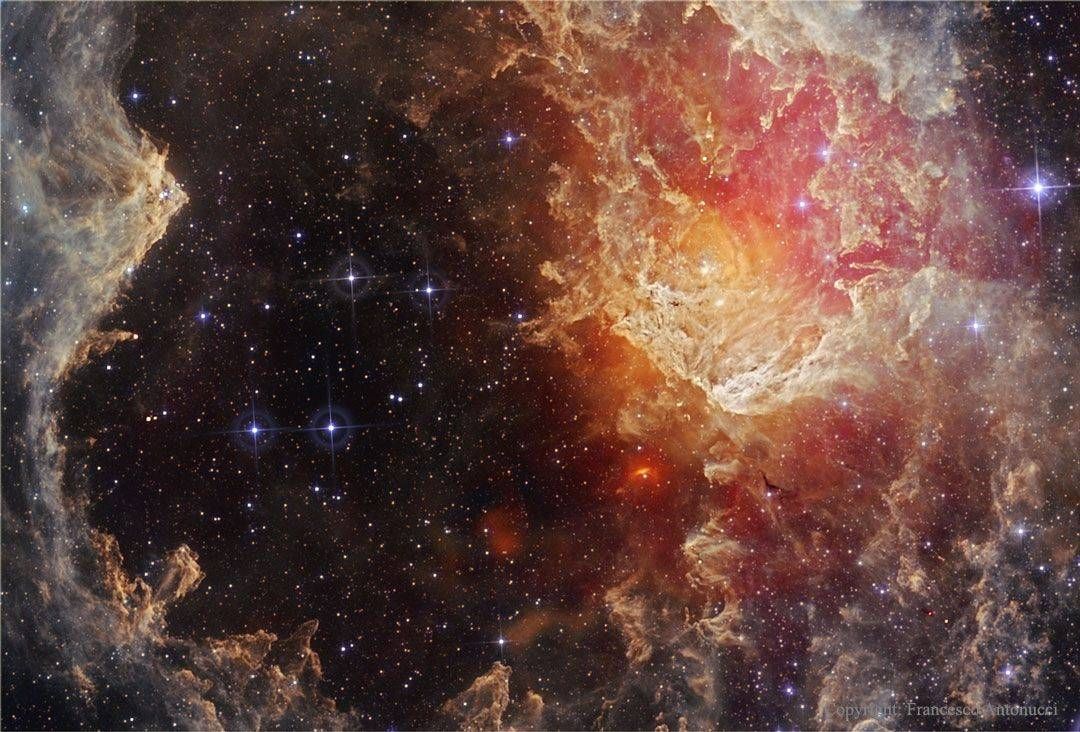
ستارگان و ستون های غباری در نور فرو سرخ
ستارگان جوان در سحابی NGC 7822 پروشگاه ستاره ای خود را پاکسازی می کنند. در این سحابی، لبه های درخشان و پیکره های غباری پیچیده، آن را احاطه کرده اند. این عکس در نور فرو سرخ، توسط کاوشگر نقشهبردار فروسرخ میدان وسیع(WISE) گرفته شده است.
سحابی NGC 7822 در لبه یک ابر مولکولی غول آسا در صورت فلکی شمالی قیفاووس واقع شده است؛ اینجا یک منطقۀ تشکیل ستاره درخشان است که در فاصلۀ تقریبی ۳ هزار سال نوری از زمین واقع شده است.

-
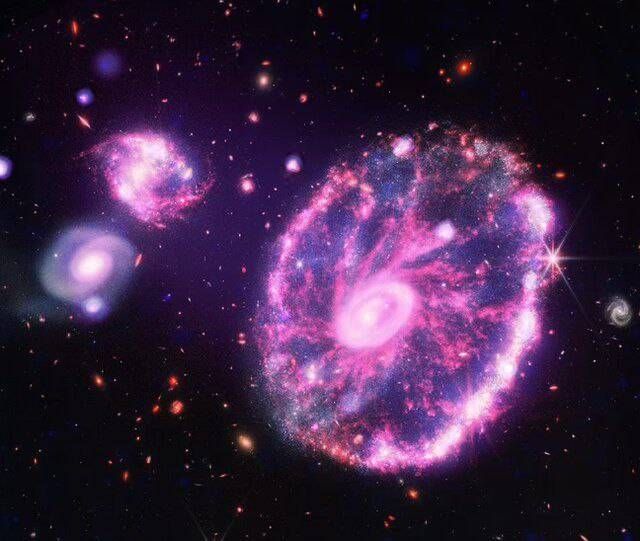
کهکشان چرخ گاری
کهکشان چرخگاری ظاهر خود را در نتیجهی برخورد با یک کهکشان کوچکتر دیگر که در خارج از میدان تصویر قرار دارد به دست آورده است. هنگامی که این کهکشان کوچکتر به چرخگاری برخورد کرد، باعث تشکیل ستارگانی شد که در اطراف یک حلقه بیرونی و در جاهای دیگر در سراسر کهکشان دیده میشوند. پرتوهای ایکسی که چاندرا به رنگ آبی و بنفش ثبت کرده از گازهای فوق گرم، ستارگان منفجر شده منفرد، و ستارههای نوترونی و سیاه چالههایی که مواد را از ستارگان اطراف به داخل خود میکشند، نشات گرفته است. نمای فروسرخ وب به رنگهای قرمز، نارنجی، زرد، سبز و آبی کهکشان چرخگاری را به همراه دو کهکشان کوچکتر در پس زمینهای از کهکشانهای دورتر نشان میدهد.
-
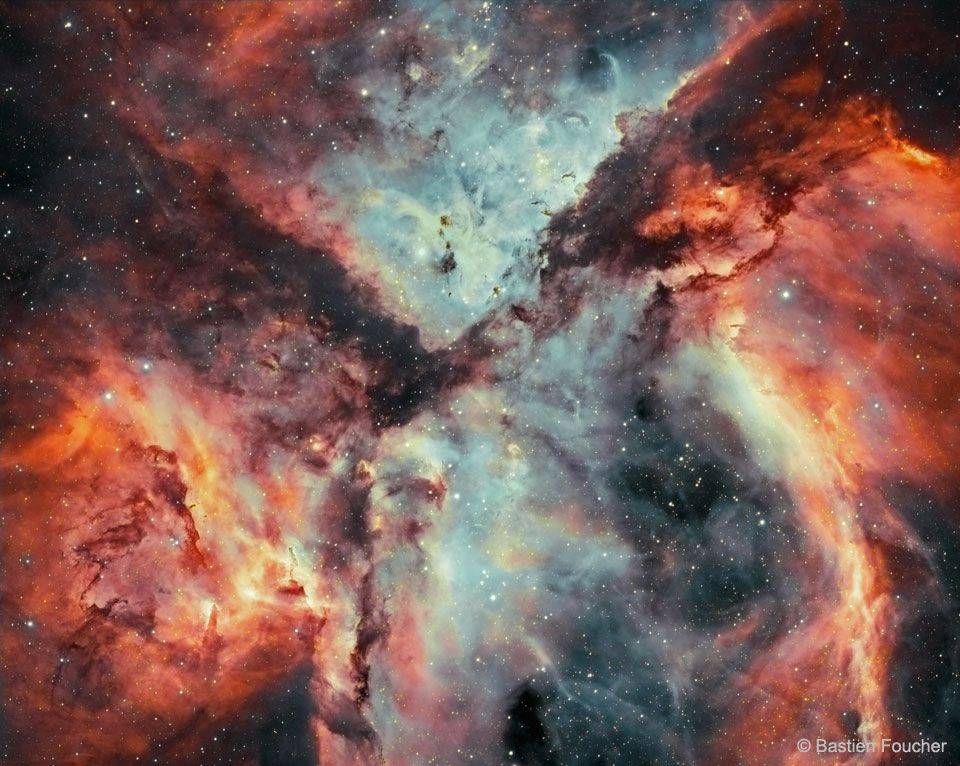
-
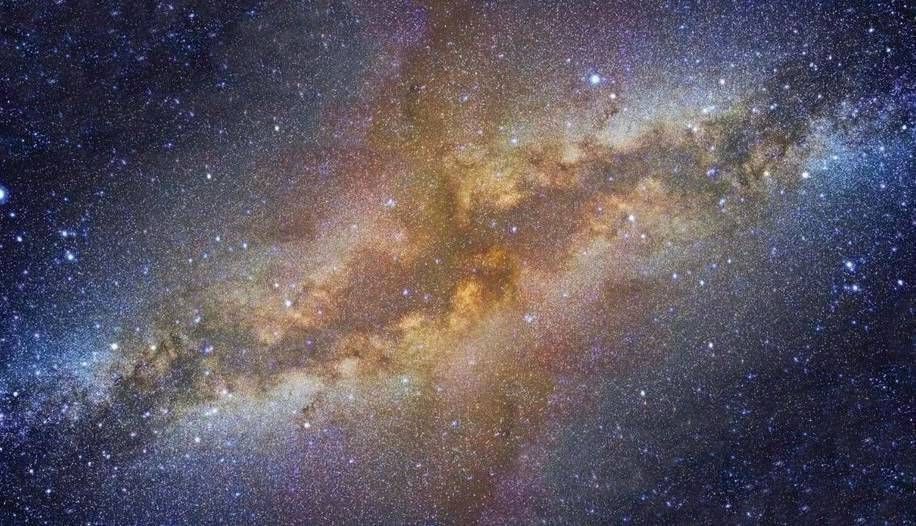
 کهکشان ما چه زمانی به همسایه اش برخورد می کند؟
کهکشان ما چه زمانی به همسایه اش برخورد می کند؟ تا آنجا که میدانیم راه شیری روش کهکشانخواری خود را تغییر نداده و همچنان به خوردن ستارهها و کهکشانهای نزدیک ادامه میدهد.
تا آنجا که میدانیم راه شیری روش کهکشانخواری خود را تغییر نداده و همچنان به خوردن ستارهها و کهکشانهای نزدیک ادامه میدهد. کهکشان ما و #آندرومدا در ۴.۵ میلیارد سال آینده ادغام خواهد شد. آندرومدا یک کهکشان مارپیچی است که در فاصله ۲.۵ میلیون سال نوری از زمین قرار دارد که در حال حاضر، با سرعتی در حدود ۱۱۳ کیلومتر در ثانیه به سمت راه شیری می آید.
کهکشان ما و #آندرومدا در ۴.۵ میلیارد سال آینده ادغام خواهد شد. آندرومدا یک کهکشان مارپیچی است که در فاصله ۲.۵ میلیون سال نوری از زمین قرار دارد که در حال حاضر، با سرعتی در حدود ۱۱۳ کیلومتر در ثانیه به سمت راه شیری می آید. یک مطالعه در سال ۲۰۲۰ که در مجله استروفیزیکال منتشر شد، تایید کرد که برخورد بین این دو #کهکشان در حال حاضر در حال انجام است.
یک مطالعه در سال ۲۰۲۰ که در مجله استروفیزیکال منتشر شد، تایید کرد که برخورد بین این دو #کهکشان در حال حاضر در حال انجام است. ستارهشناسان توانستند از #تلسکوپ فضایی هابل برای رصد آندرومدا استفاده کنند؛ کهکشانی که مانند راه شیری ما و کهکشانهای دیگر، در یک پوشش بزرگ به نام هاله کهکشانی قرار دارد.
ستارهشناسان توانستند از #تلسکوپ فضایی هابل برای رصد آندرومدا استفاده کنند؛ کهکشانی که مانند راه شیری ما و کهکشانهای دیگر، در یک پوشش بزرگ به نام هاله کهکشانی قرار دارد. آنها حتی توانستند اندازه هاله آندرومدا را اندازهگیری کنند و بر این باورند که شکل و اندازه آن شبیه به هاله کهکشان #راه_شیری است. بر اساس این اندازهگیریها، به احتمال زیاد هاله آندرومدا و هاله راه شیری در حال لمس یکدیگر هستند، به این معنا که برخورد دو کهکشان مدتها قبل آغاز شده است.
آنها حتی توانستند اندازه هاله آندرومدا را اندازهگیری کنند و بر این باورند که شکل و اندازه آن شبیه به هاله کهکشان #راه_شیری است. بر اساس این اندازهگیریها، به احتمال زیاد هاله آندرومدا و هاله راه شیری در حال لمس یکدیگر هستند، به این معنا که برخورد دو کهکشان مدتها قبل آغاز شده است. -
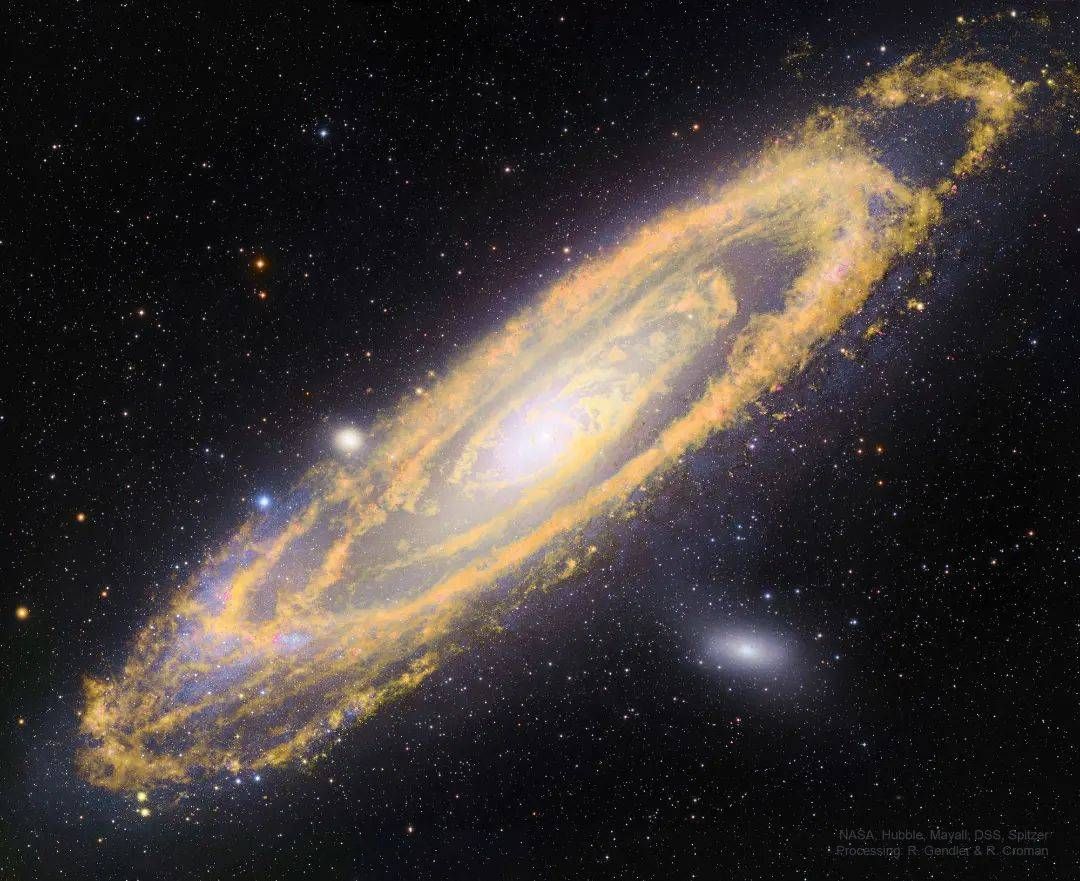
ستارههای اکنون و آینده آندرومدا
این تصویر از آندرومدا نه تنها مکان ستارههای در حال حاضر، بلکه مکان ستارهها در آینده را نیز نشان میدهد. کهکشان زیبا و بزرگ آندرومدا، M31، یک کهکشان مارپیچی بزرگ در فاصله دو و نیم میلیون سال نوری از ماست. تصویری که میبینید ترکیبی از تصاویر رصدخانههای زمینی و فضایی از کهکشان آندرومدا است که یکی از آنها در طول موجهای مرئی و دیگری بیرون از طیف مرئی است. نور مرئی که ستارههای امروز آندرومدا را نشان میدهد، توسط تلسکوپهای هابل، سوبارو و مایال تهیه شده است. طول موج فروسرخ که محل تولد ستارگان آینده را با رنگ نارنجی نشان میدهد، توسط تلسکوپ فضایی اسپیتزر ناسا به دست آمده است. طول موج فروسرخ در واقع نور خطوط عظیمی از غبار را نشان میدهد که به وسیله ستارهها گرم شدهاند. این غبار در واقع خود ردی از گاز میانستارهای پهناور آندرومدا است که در مواد خام ستارههای آینده هستند. این ستارگان جدید در طی چندصد میلیون سال آینده متولد خواهند شد، این زمان بسیار قبل از 5 میلیارد سال آینده است که کهکشان راه شیری و آندرومدا با یکدیگر برخورد و ادغام خواهند شد

-
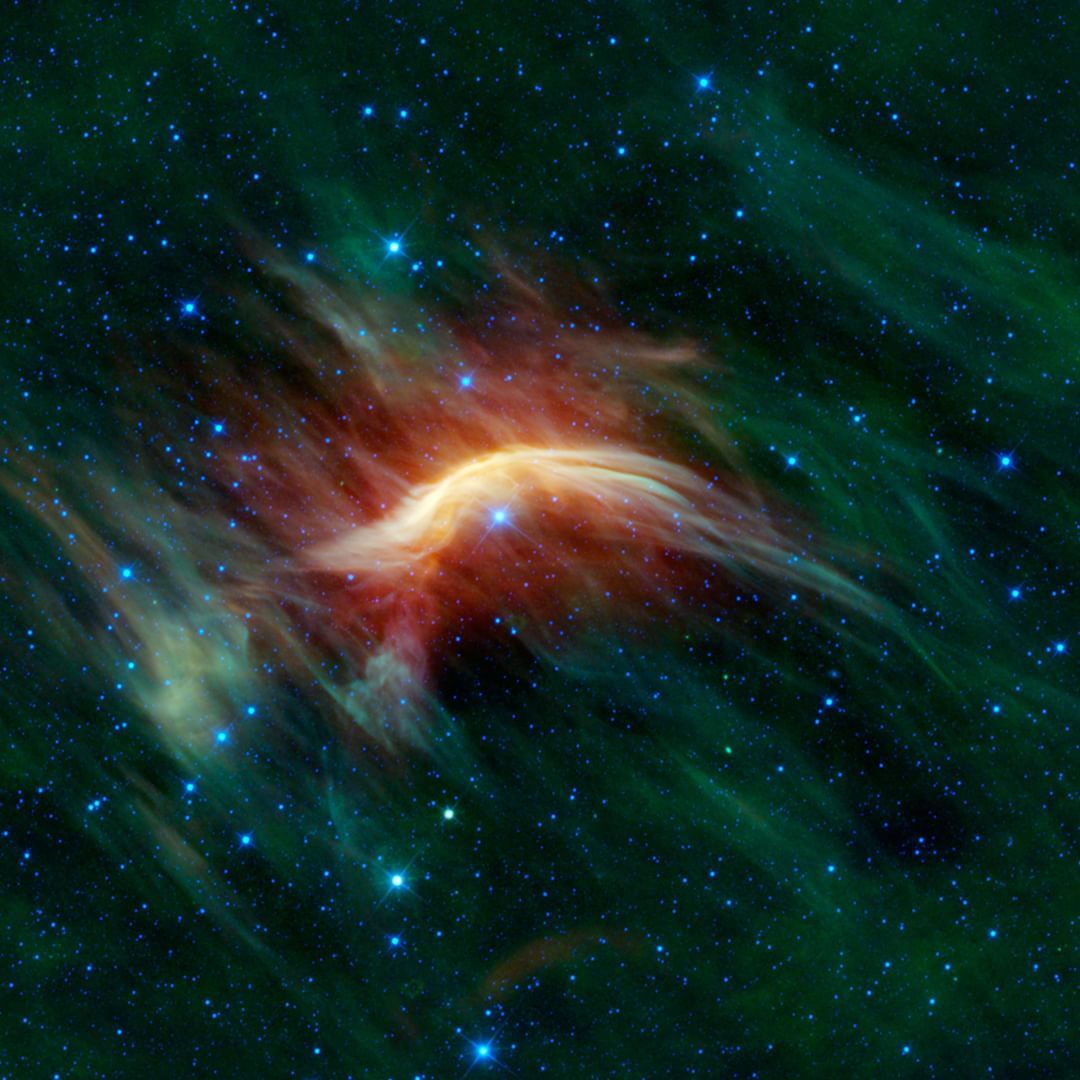
After 14 years in orbit, our NEOWISE mission is ending on July 31. But before it specialized in hunting for near-Earth objects, it first scanned the entire infrared sky as WISE! To celebrate WISE's legacy, here's one of our favorite discoveries.
This 2010 image shows a hot, massive star called Zeta Ophiuchi plowing through a large cloud of dust and gas at a whopping 54,000 miles per hour! Why is it traveling so fast? Its companion, an even heftier star, exploded in a supernova, sending Zeta Ophiuchi zipping away.
Credit: NASA/JPL-Caltech/UCLA
Image description: The hot blue star Zeta Ophiuchi creates a striking bow shock in the surrounding dust clouds in this infrared image from NASA's Wide-field Infrared Survey Explorer. The dark backdrop is speckled with blue stars of varying sizes. Above one of the more prominent stars, near the center of the image, is a glowing curved shape with layers of wispy reddish-orange and yellow ribbons. Fainter green clouds ripple across nearly the entire image.
source: nasauniverse on instagram

 شعردانه
شعردانه

 |
|
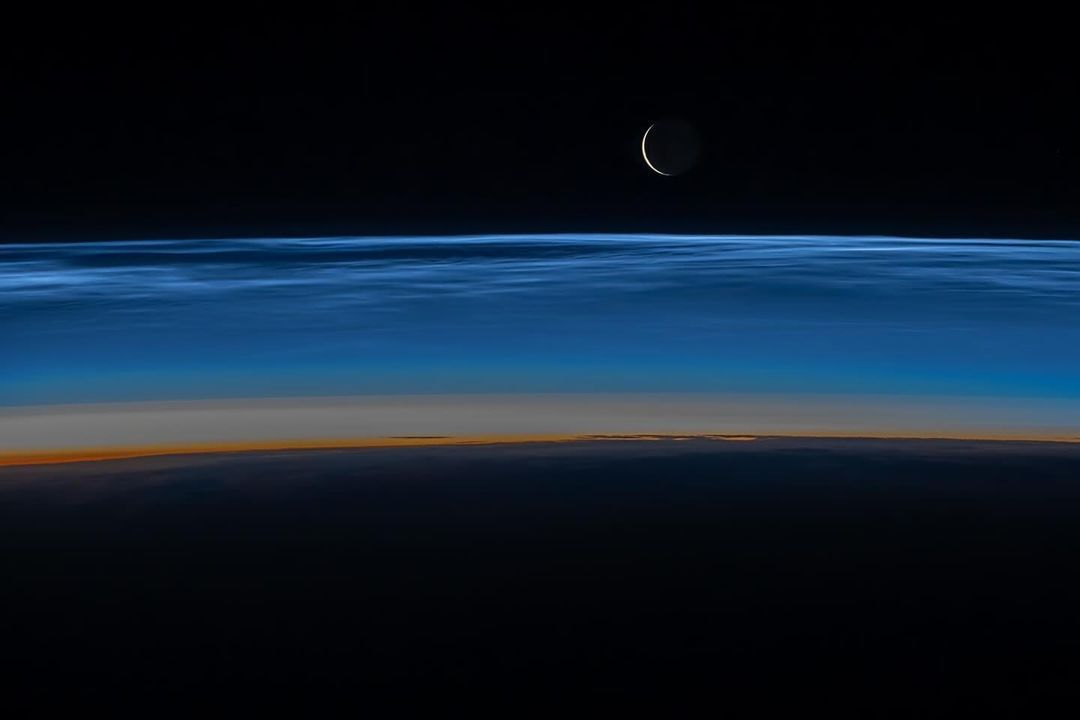
 Dancing in the moonlight
Dancing in the moonlight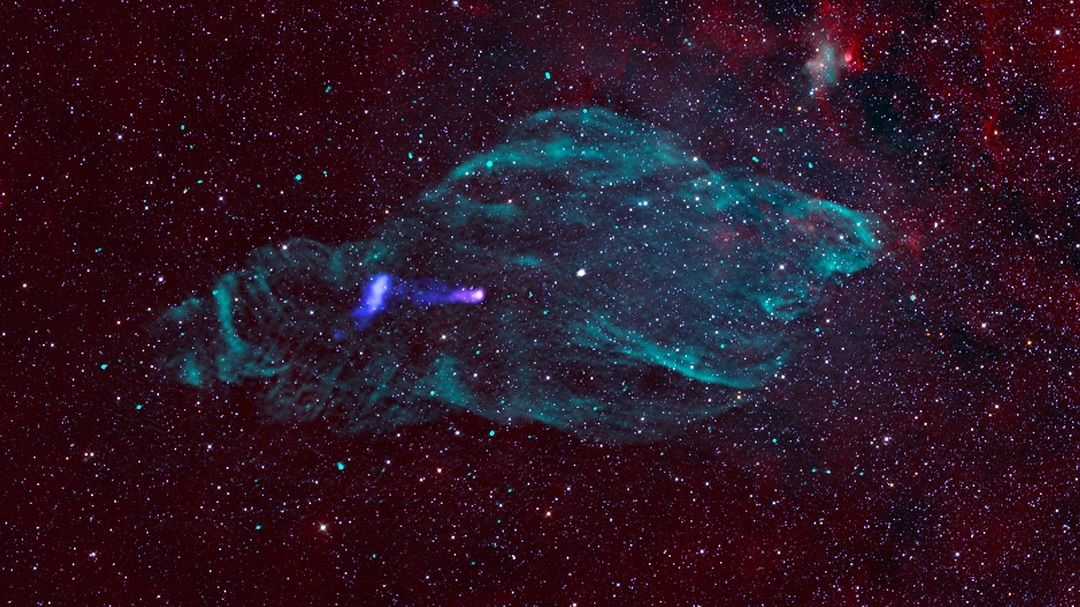
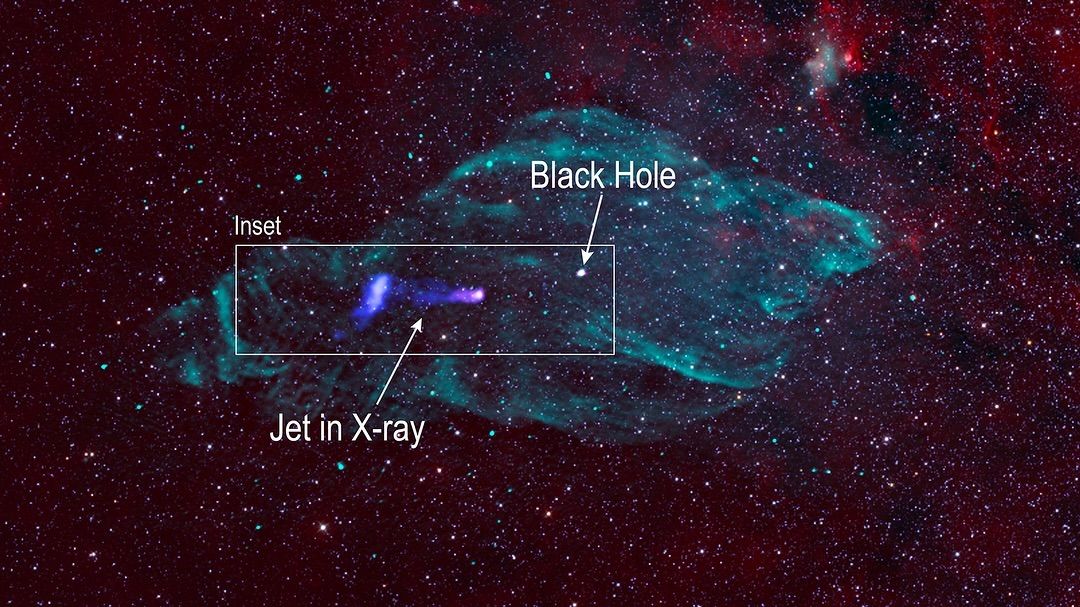
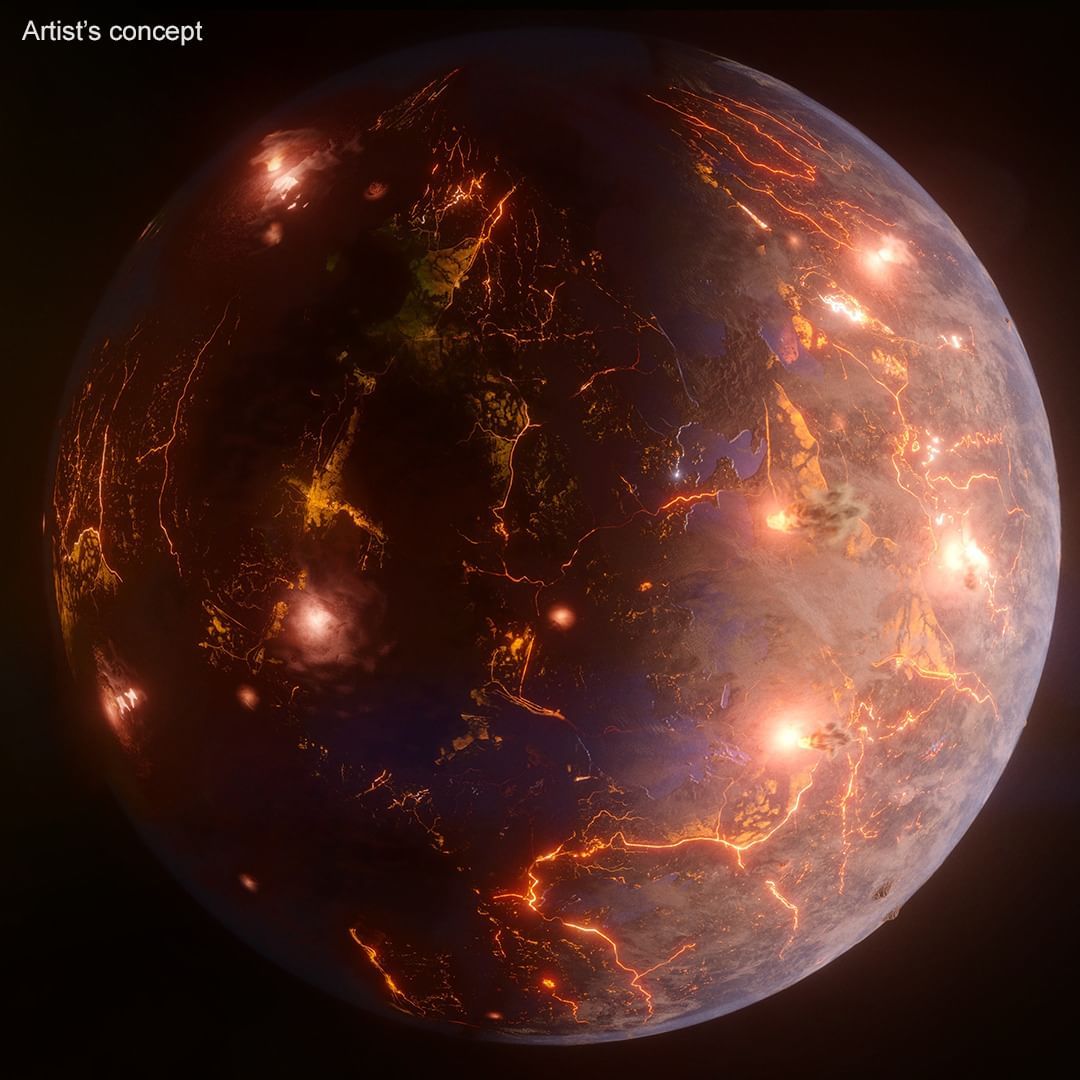

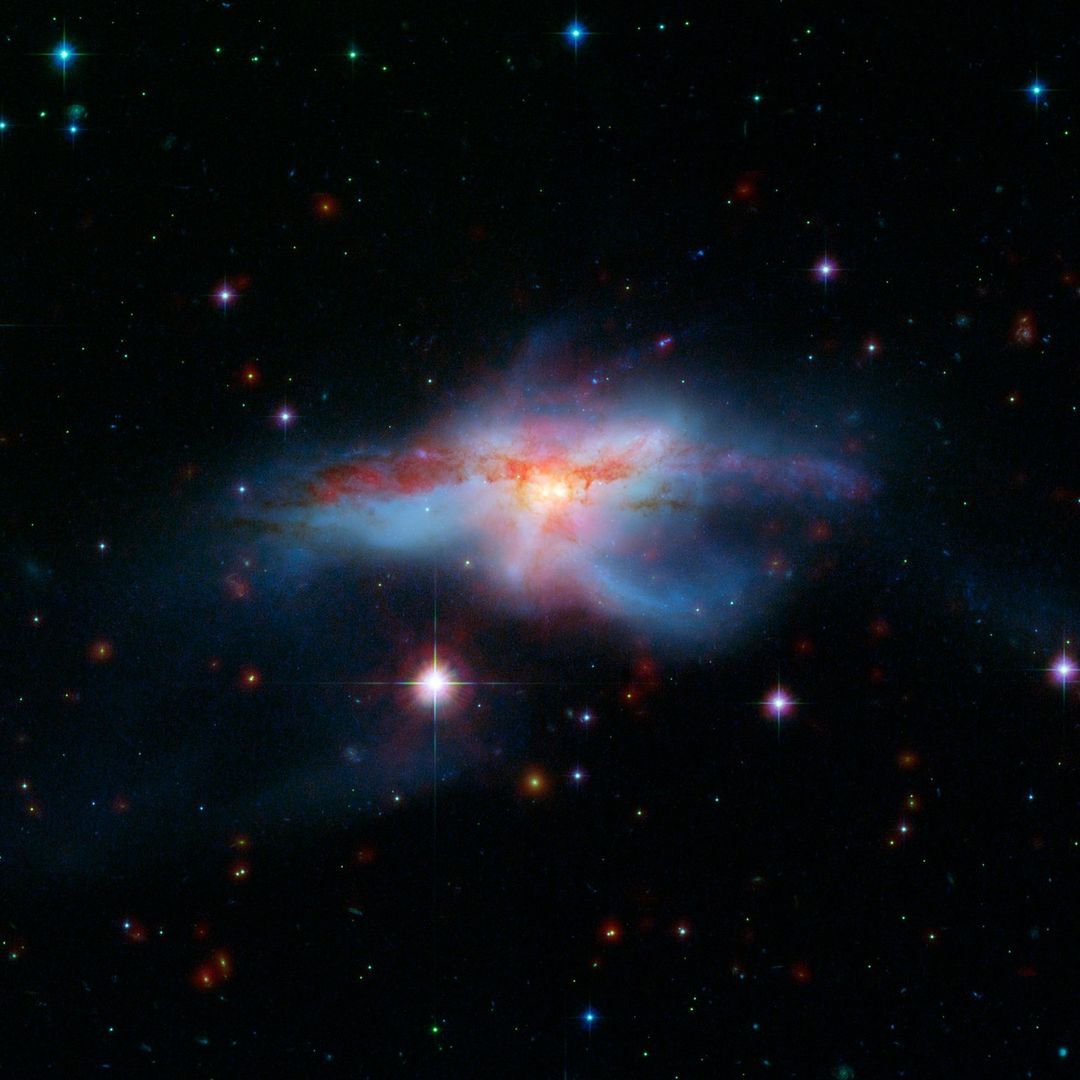
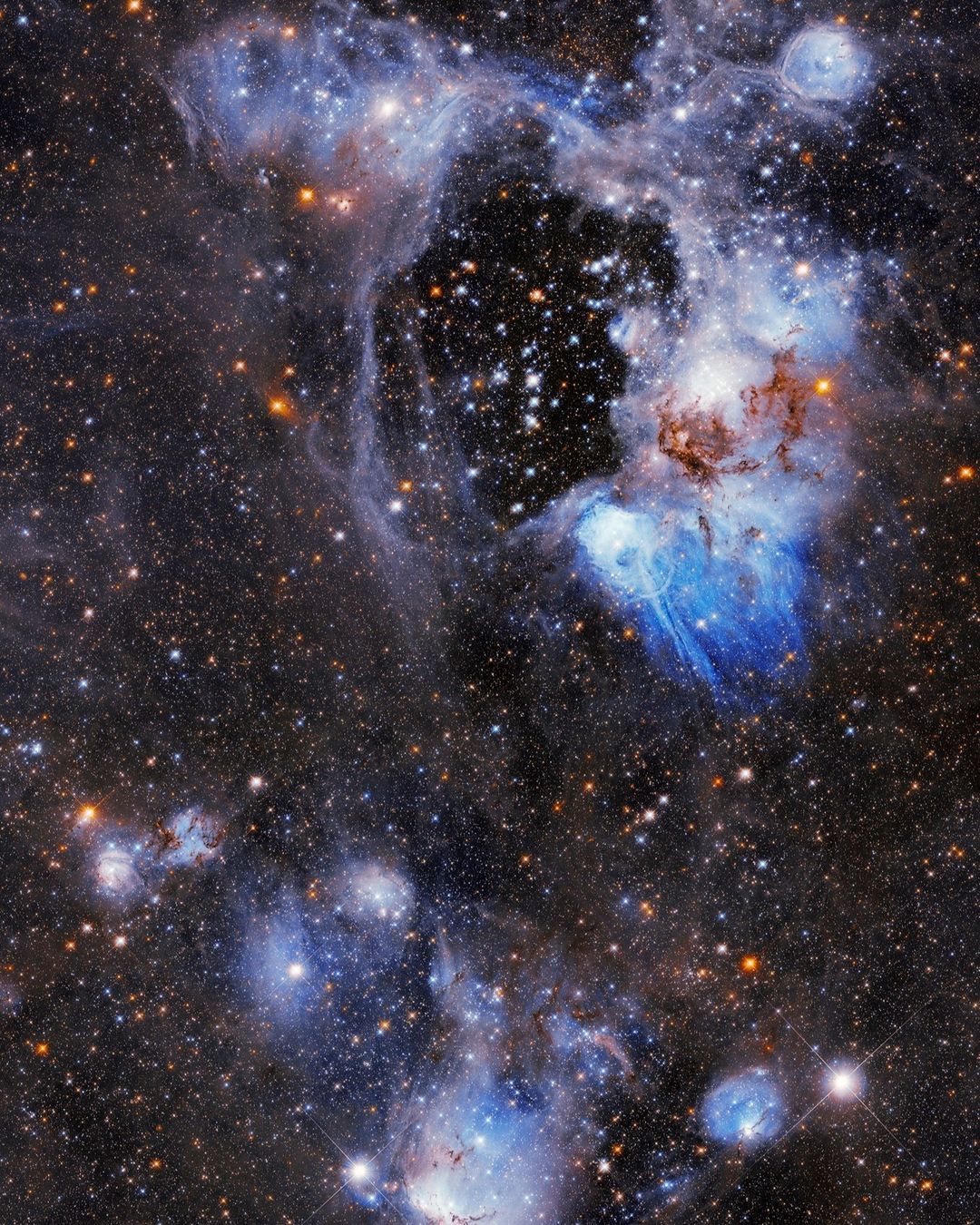
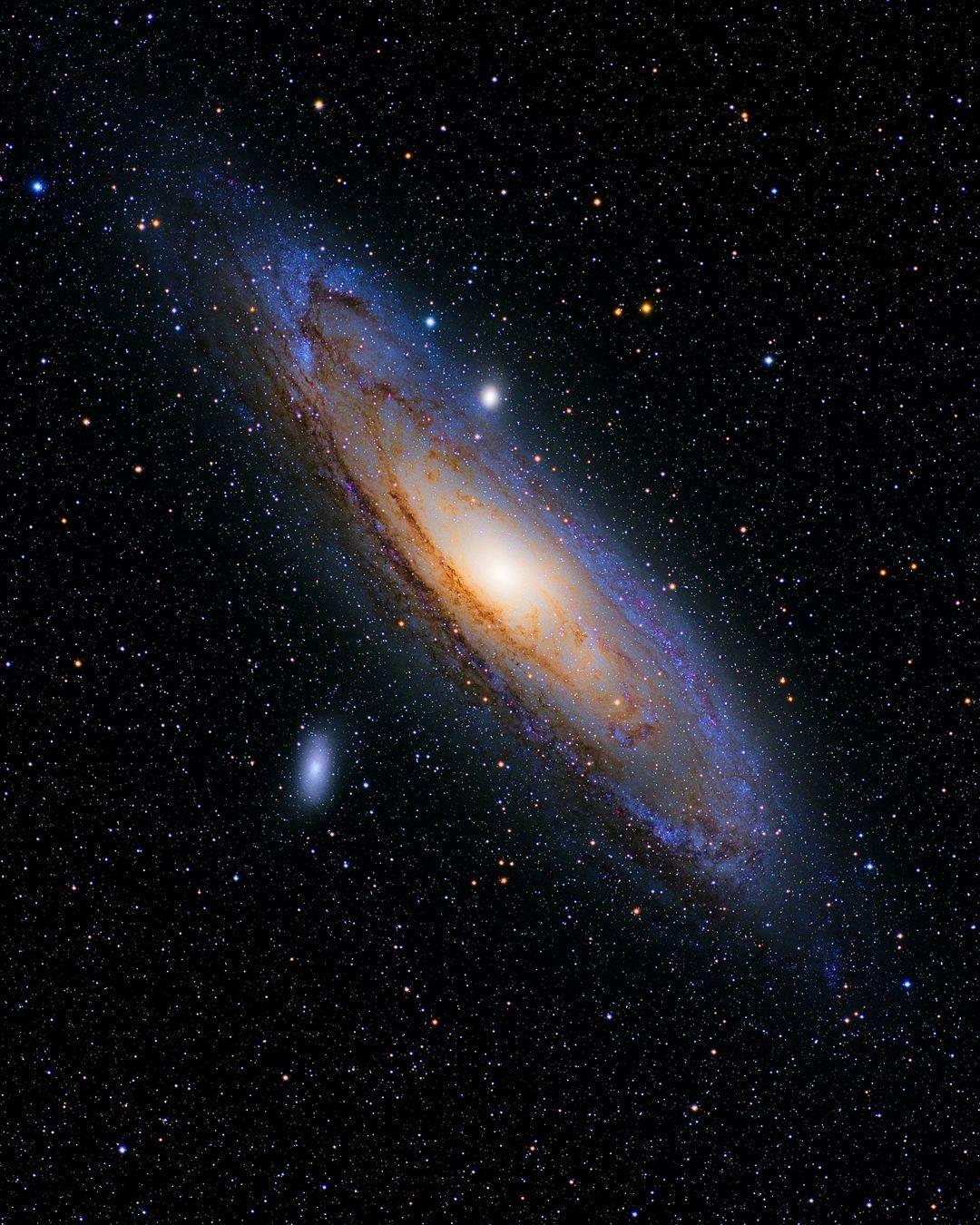
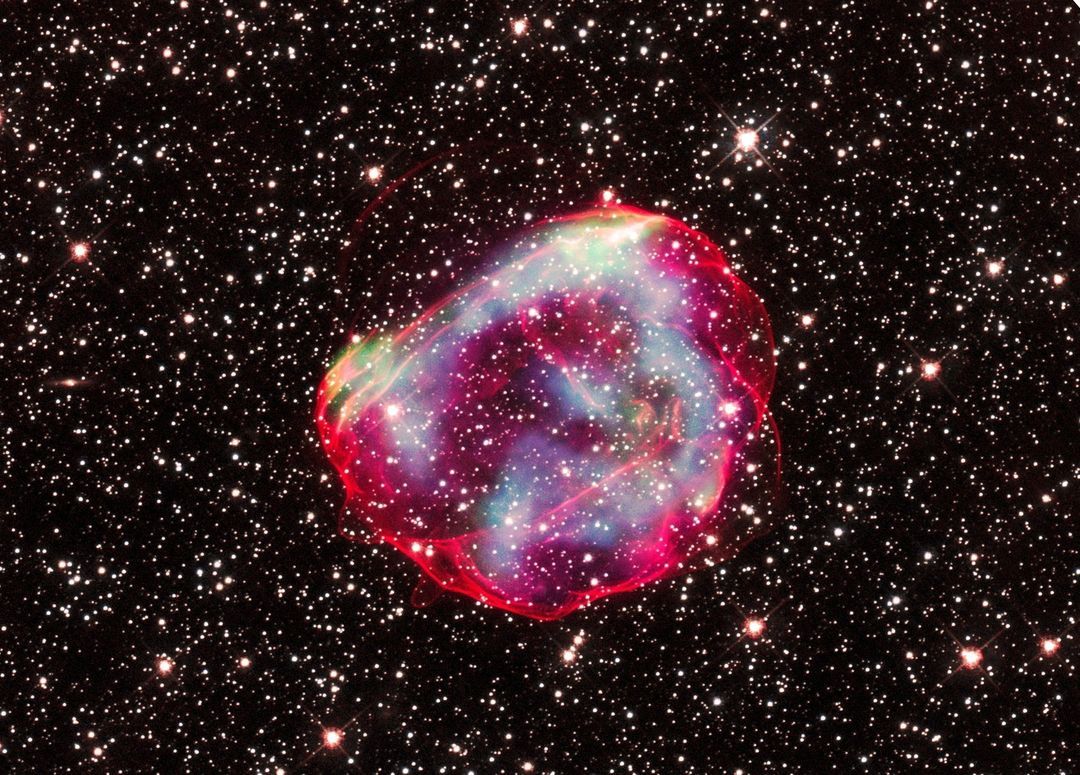
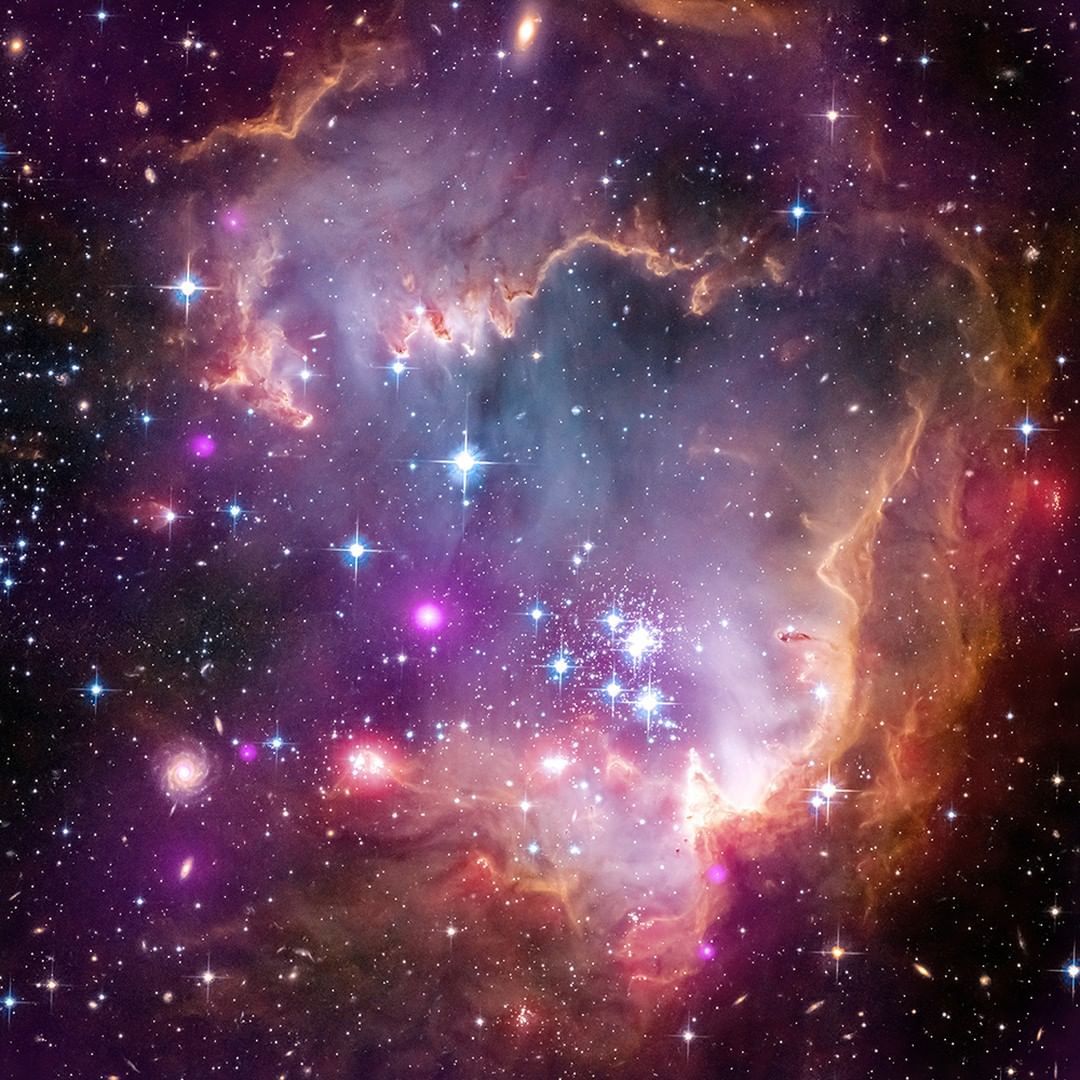
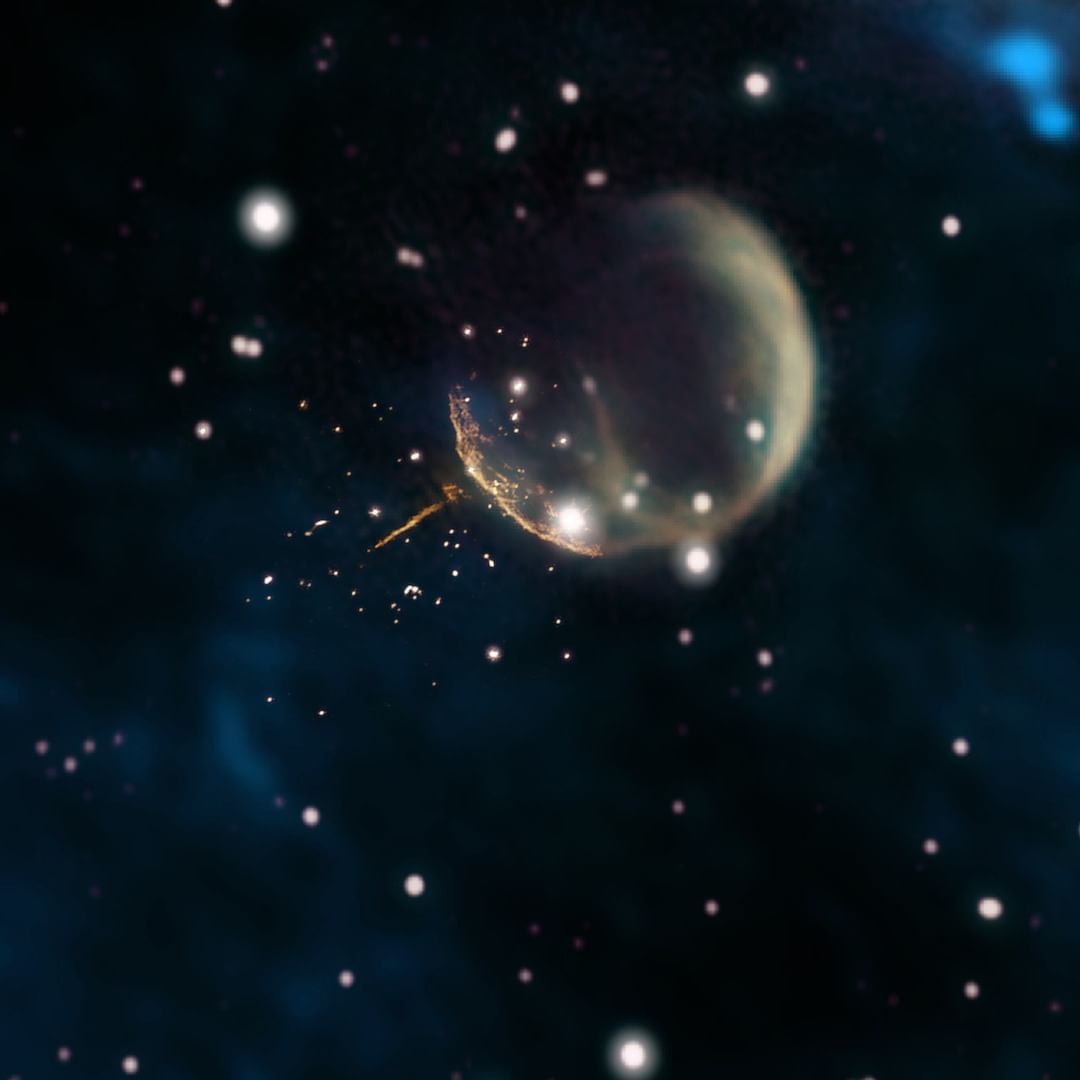
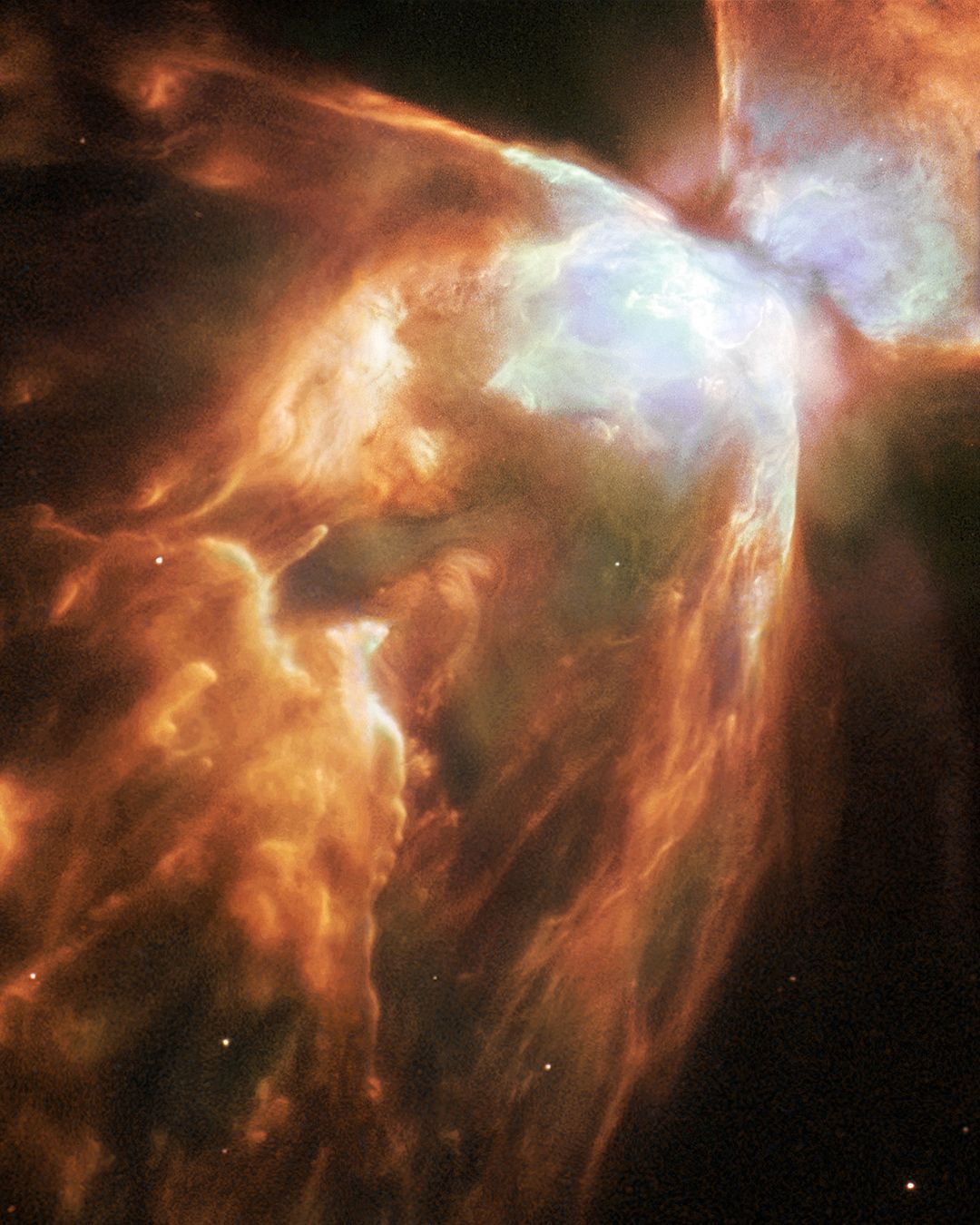
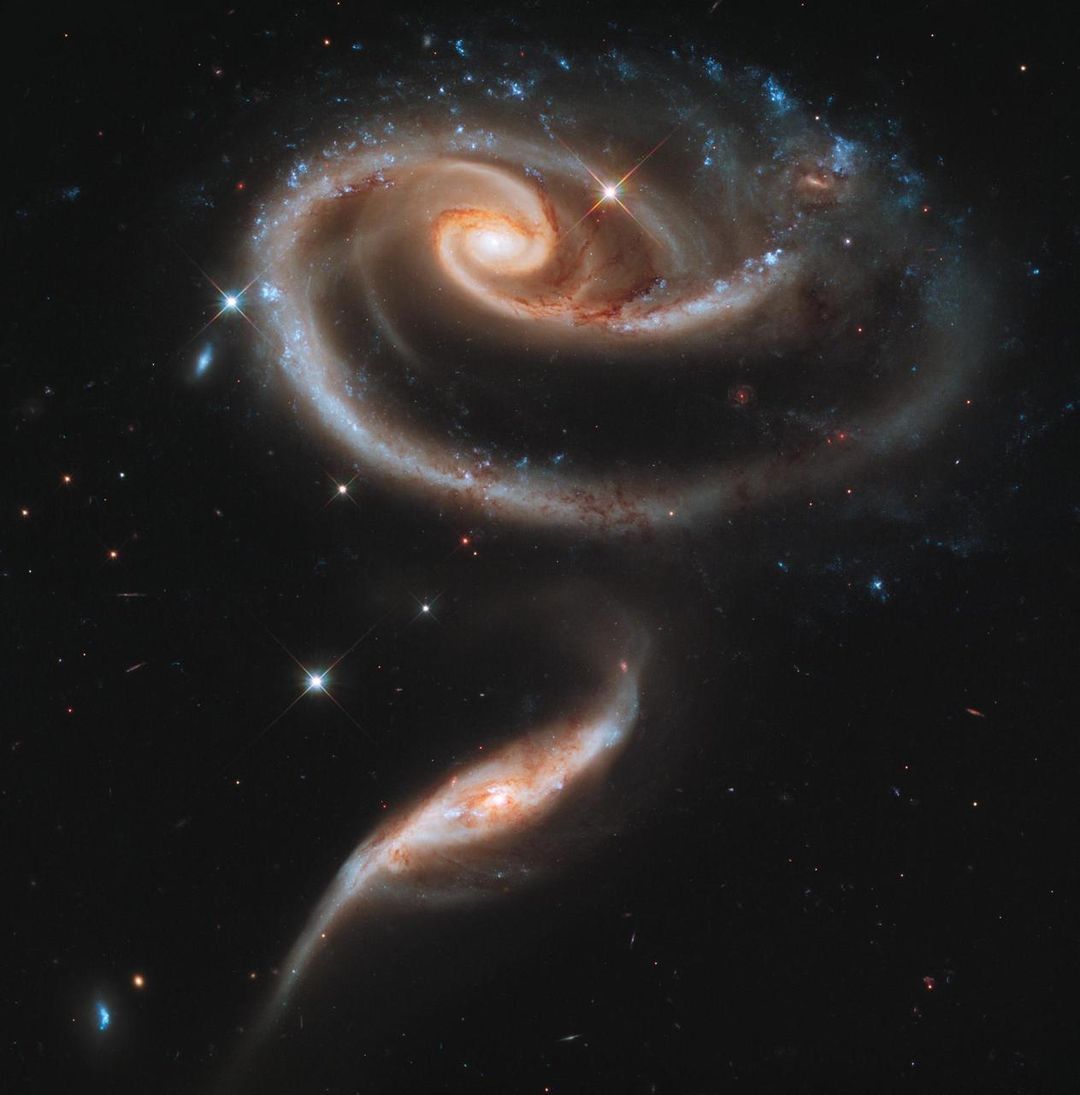
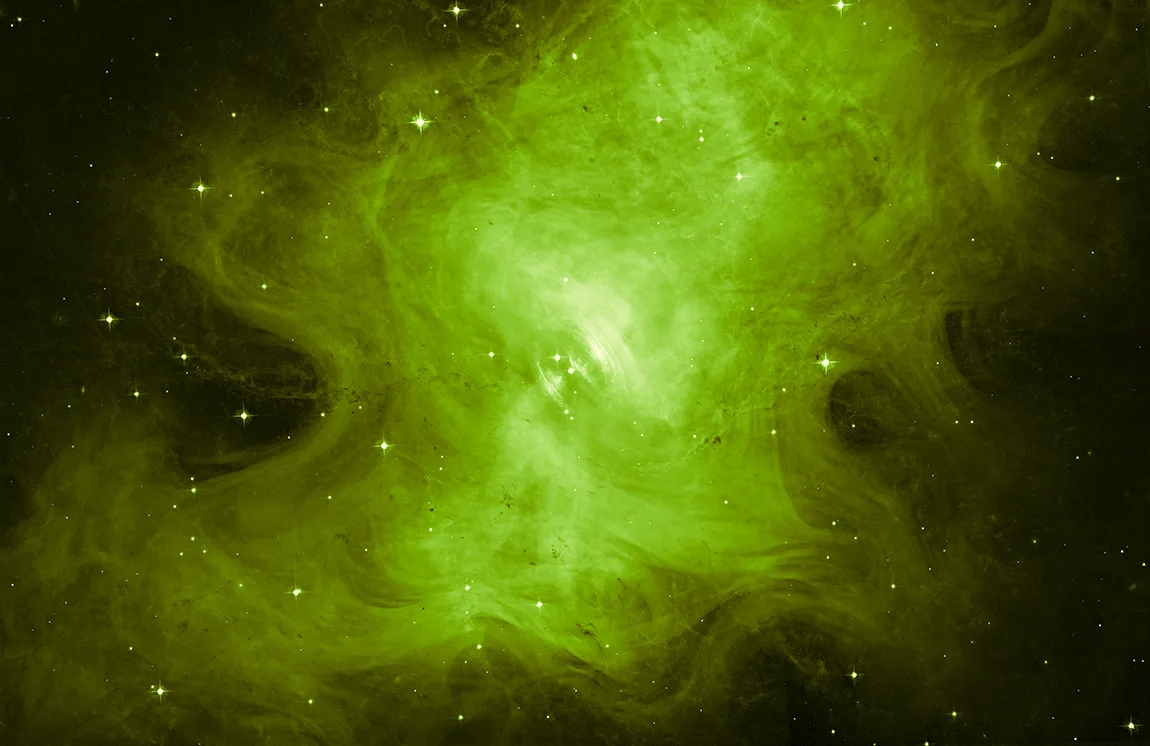
 We think the apple's rotten right to the core
We think the apple's rotten right to the core